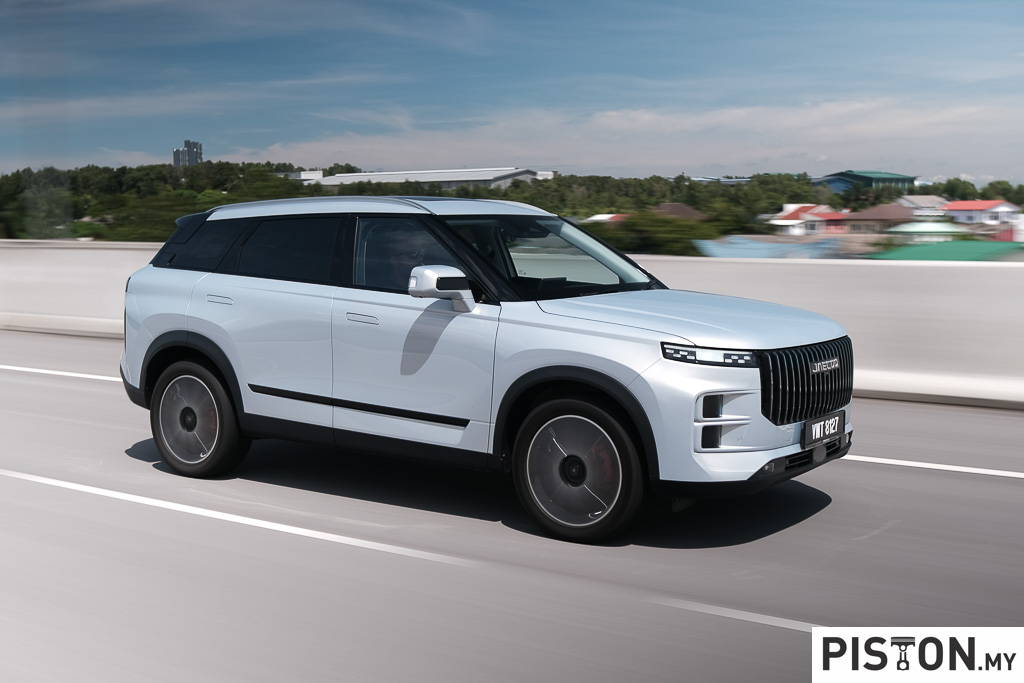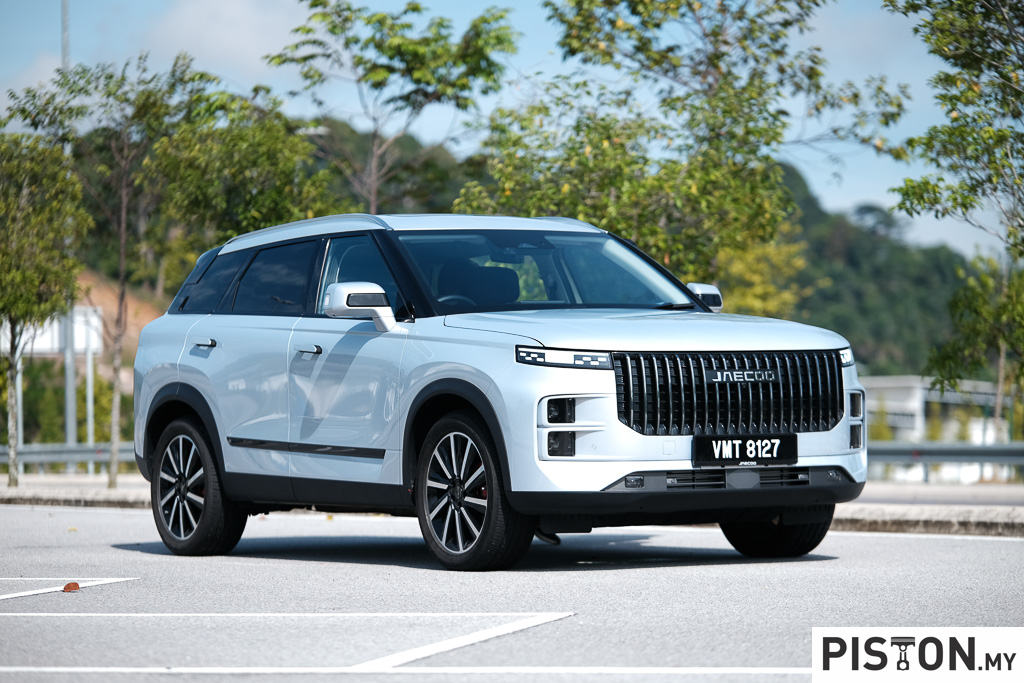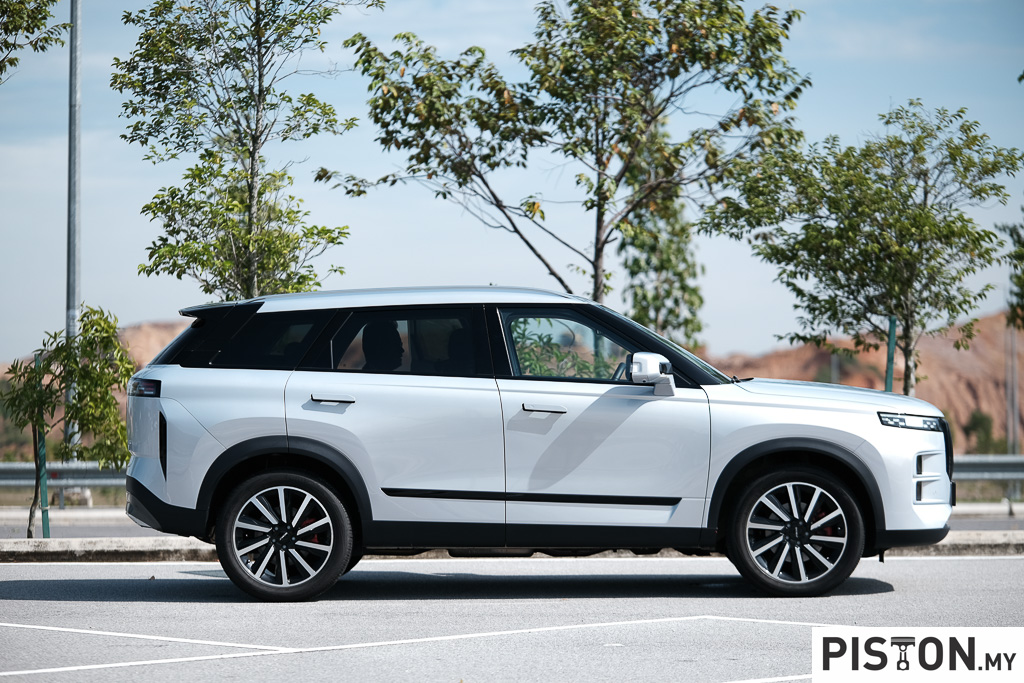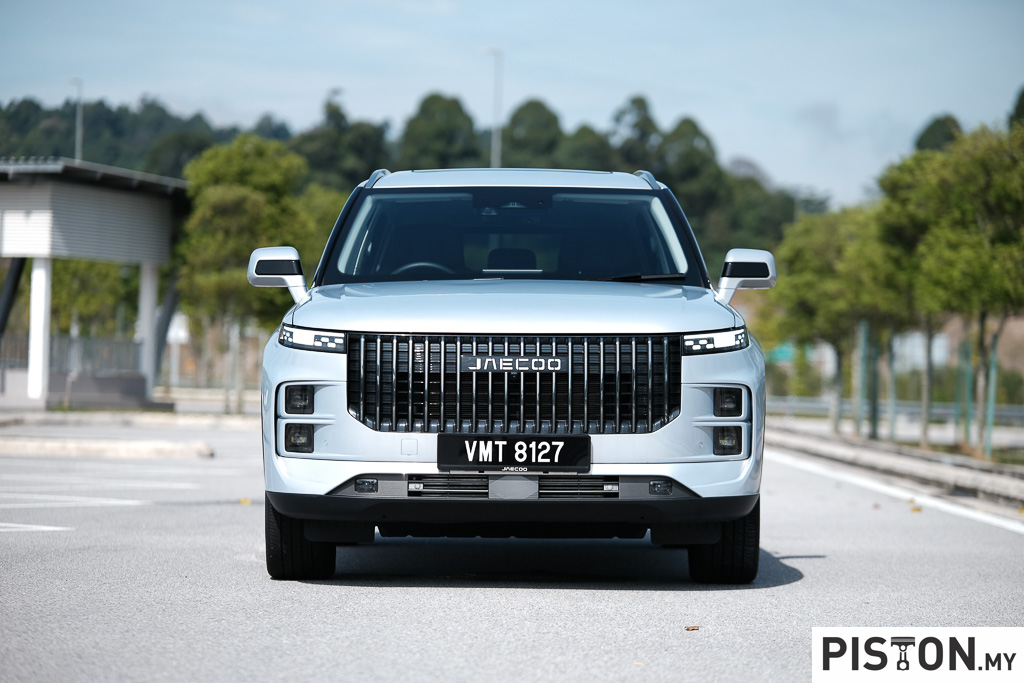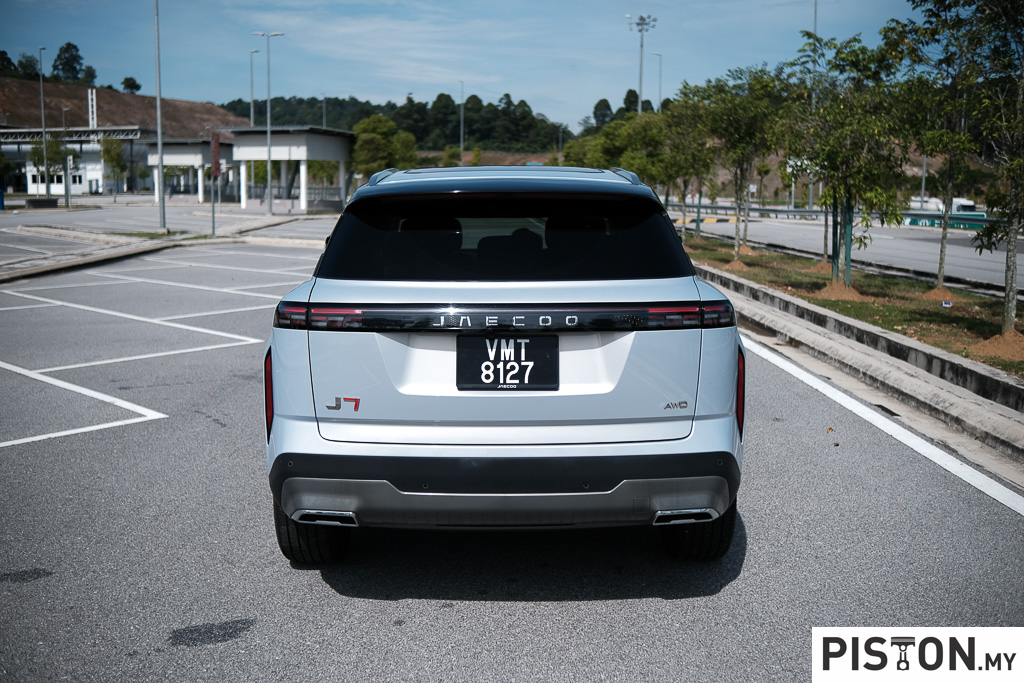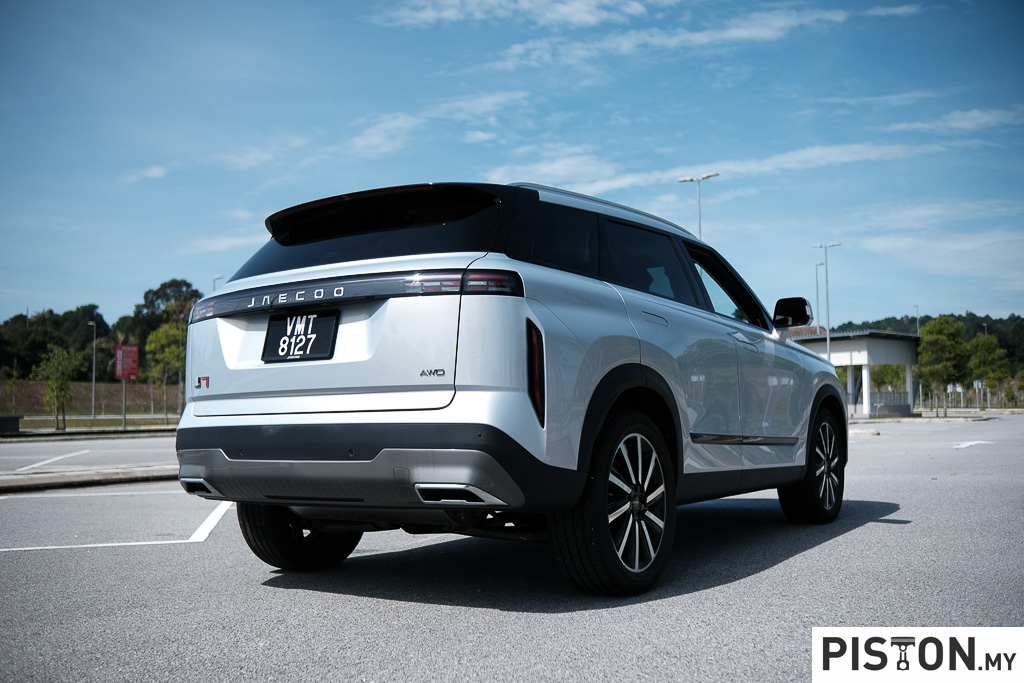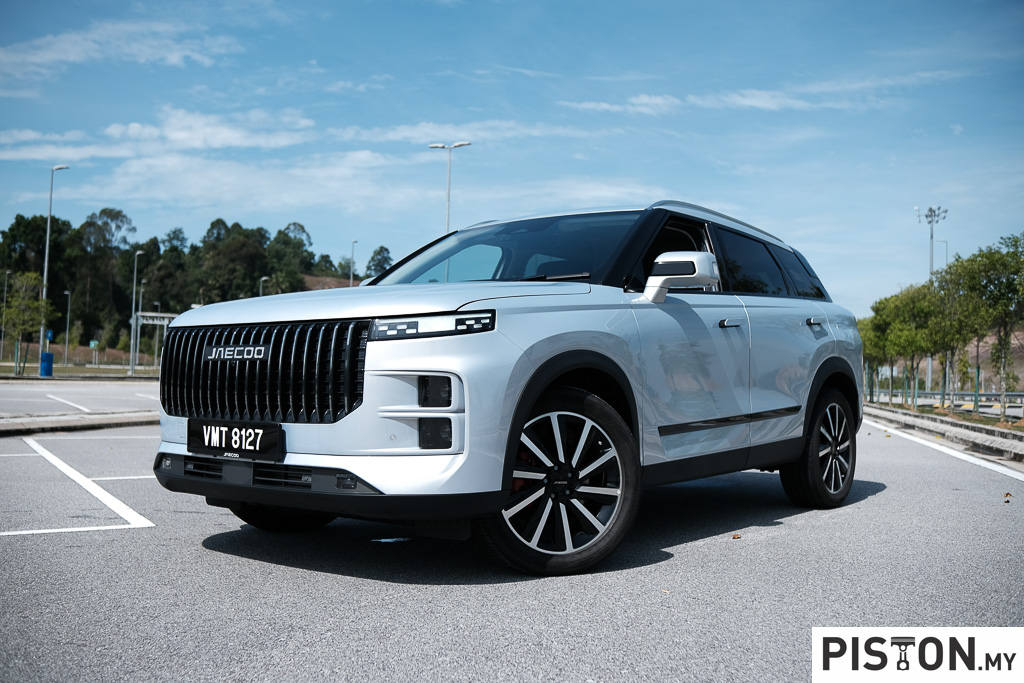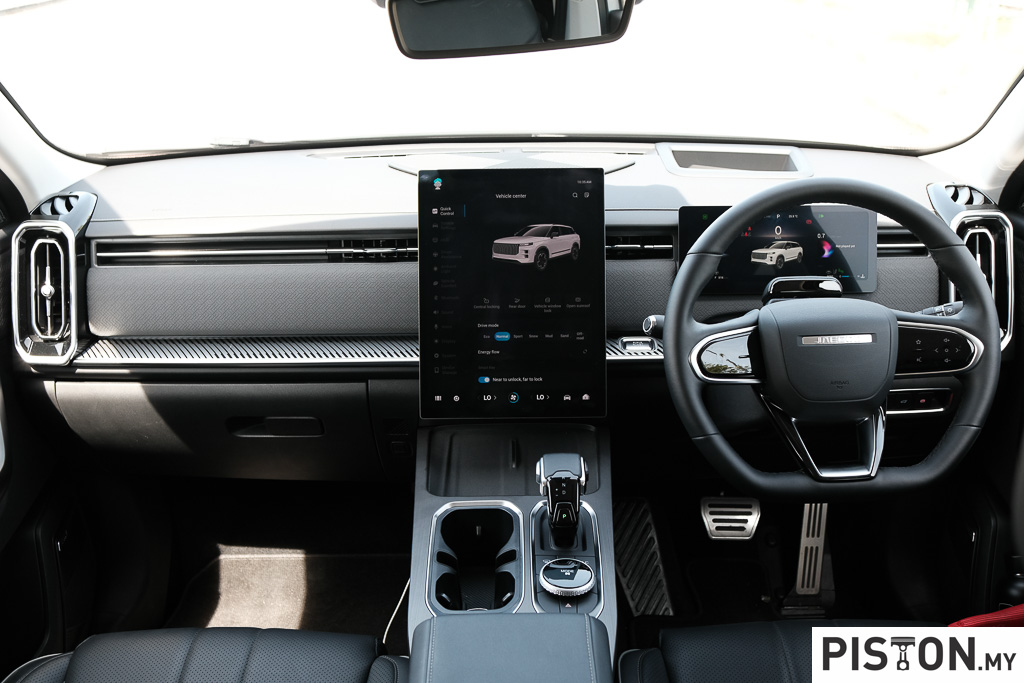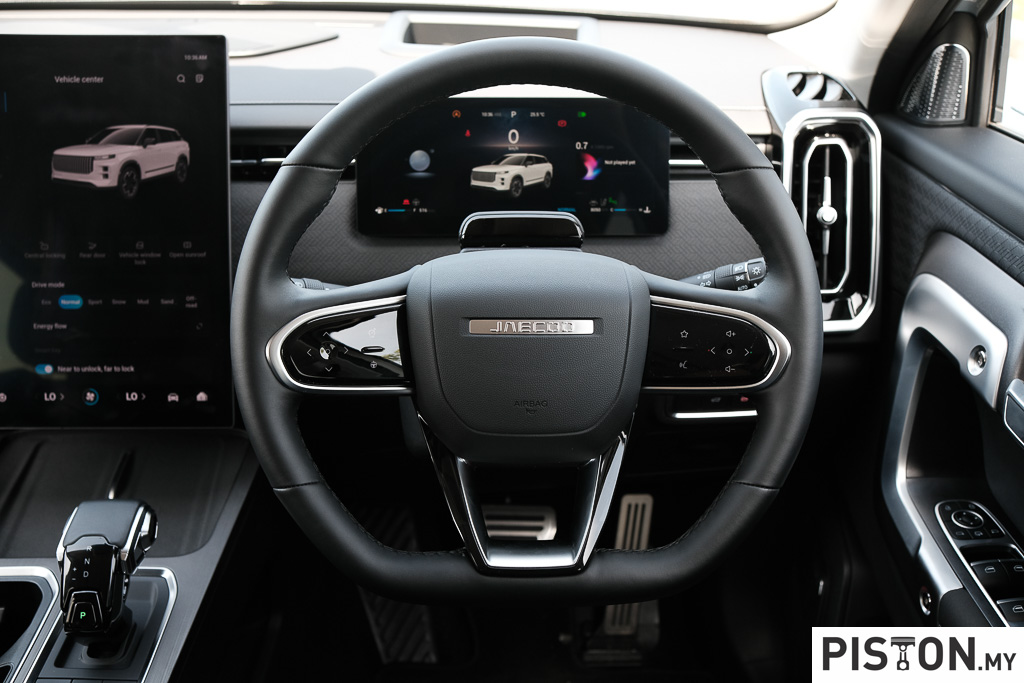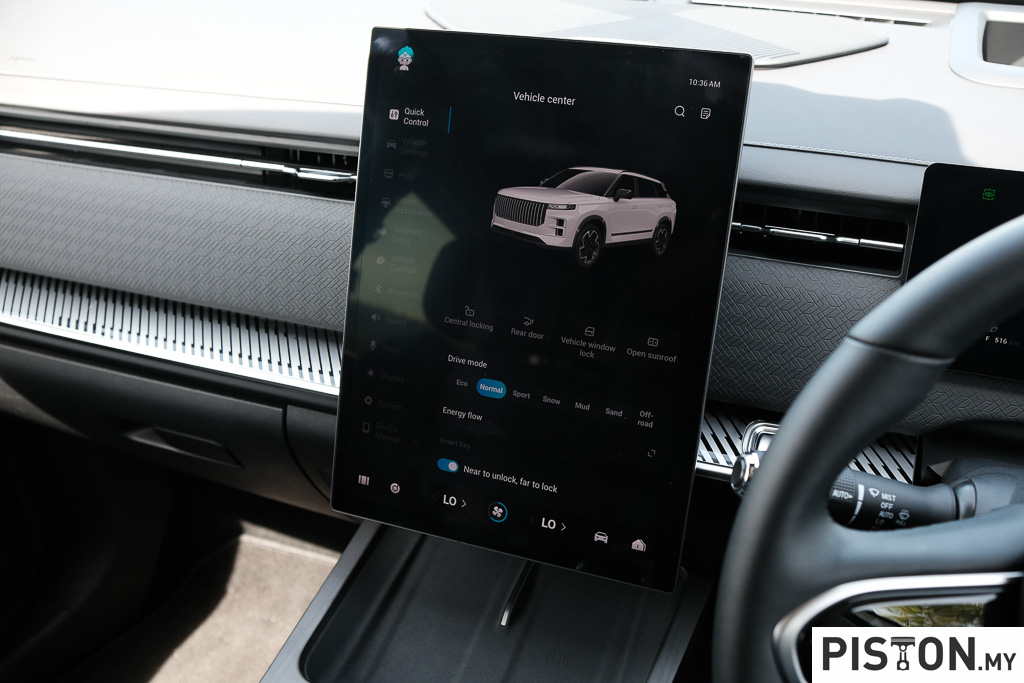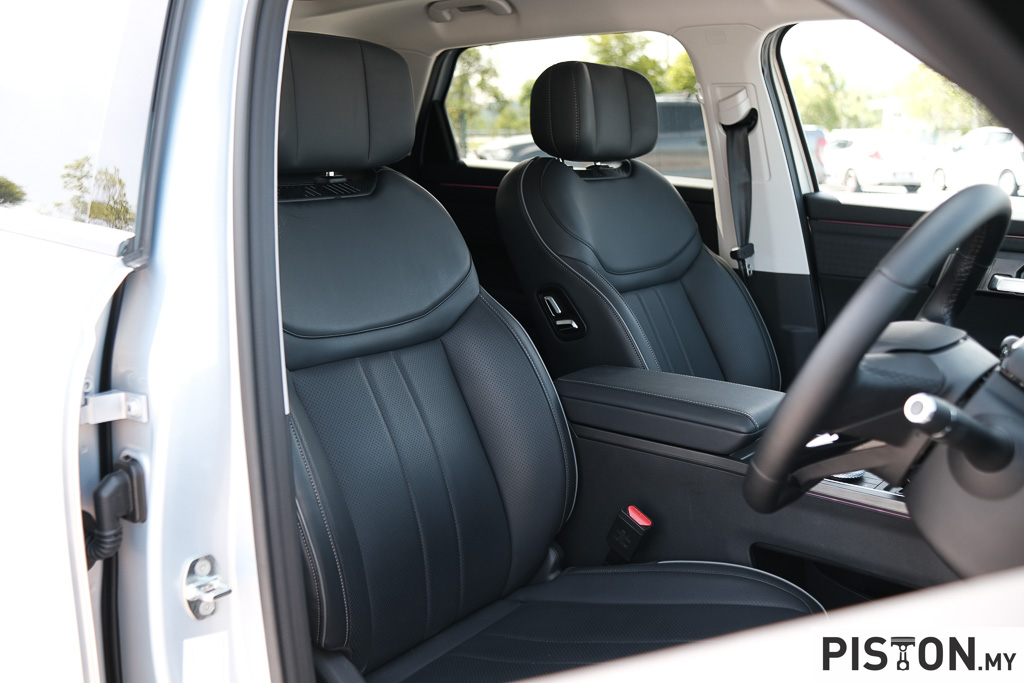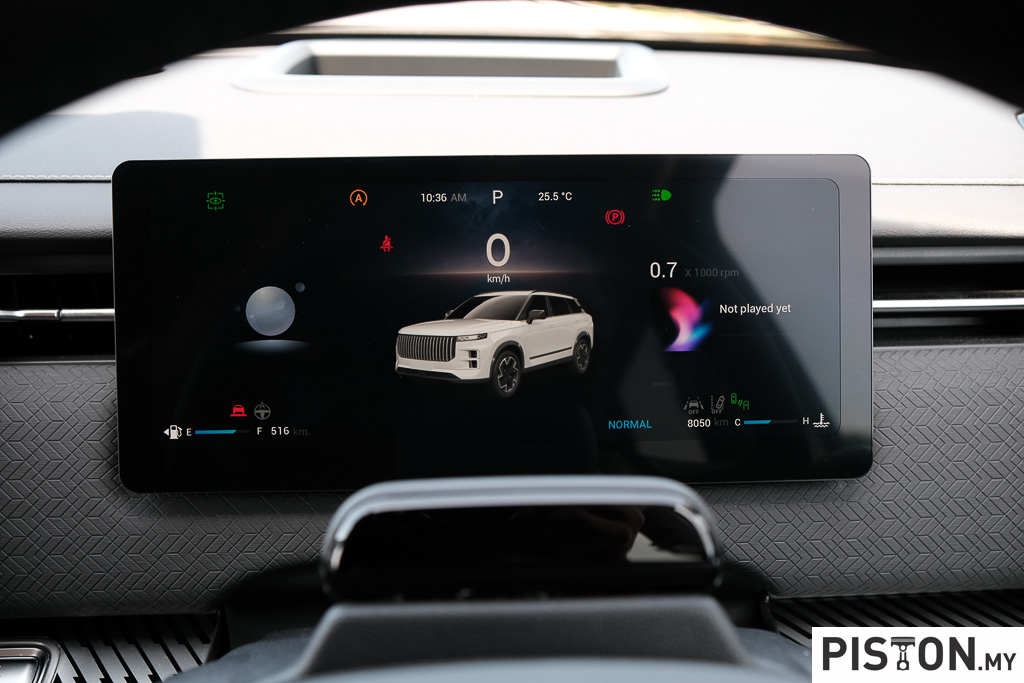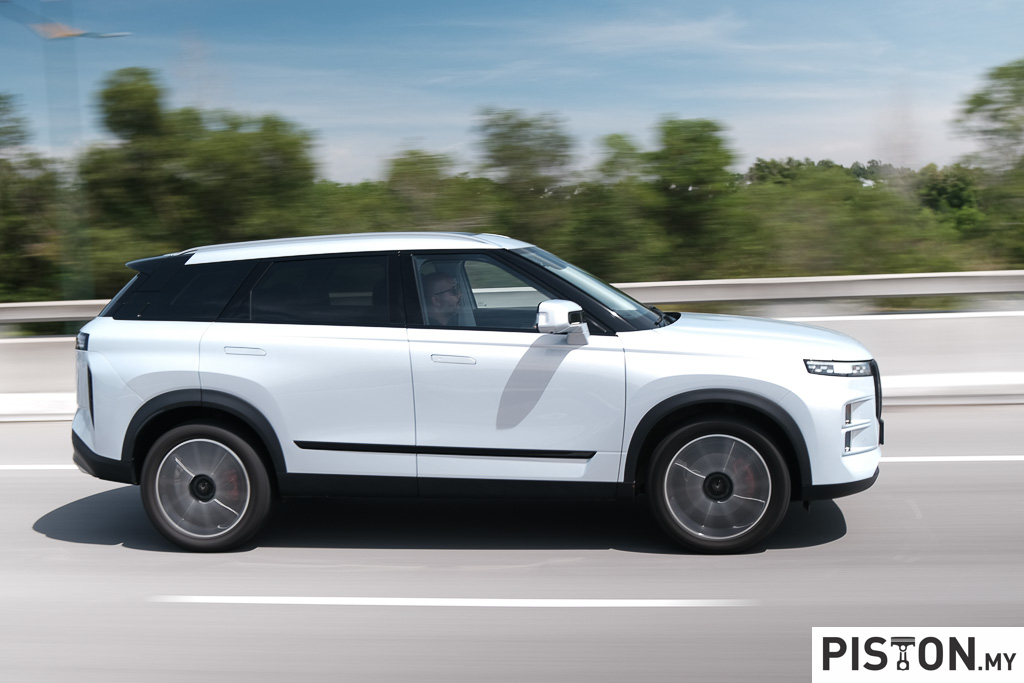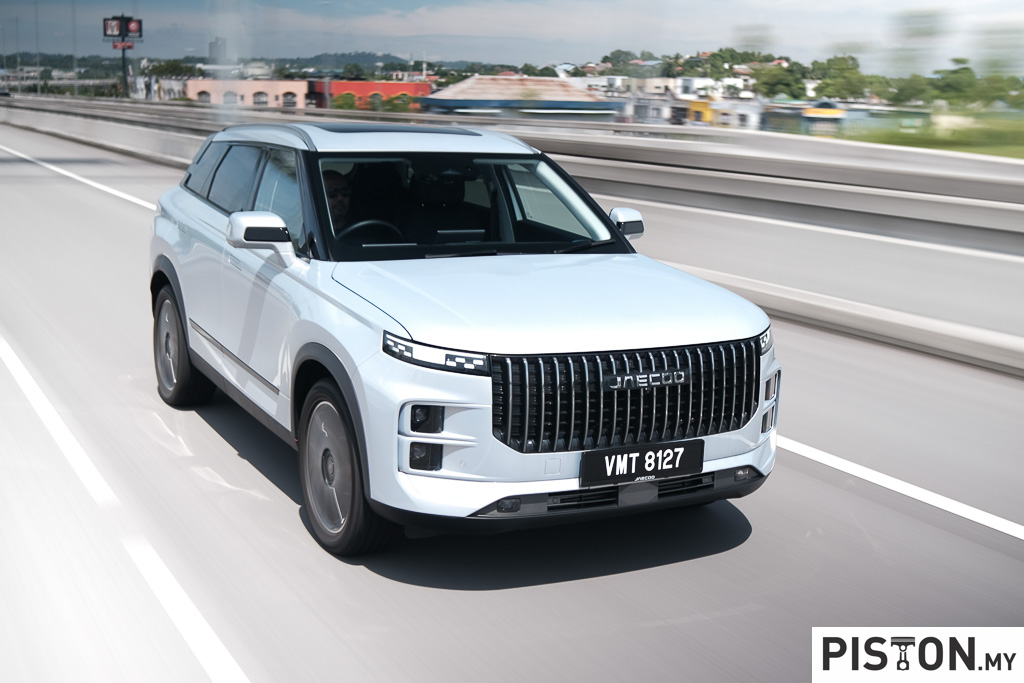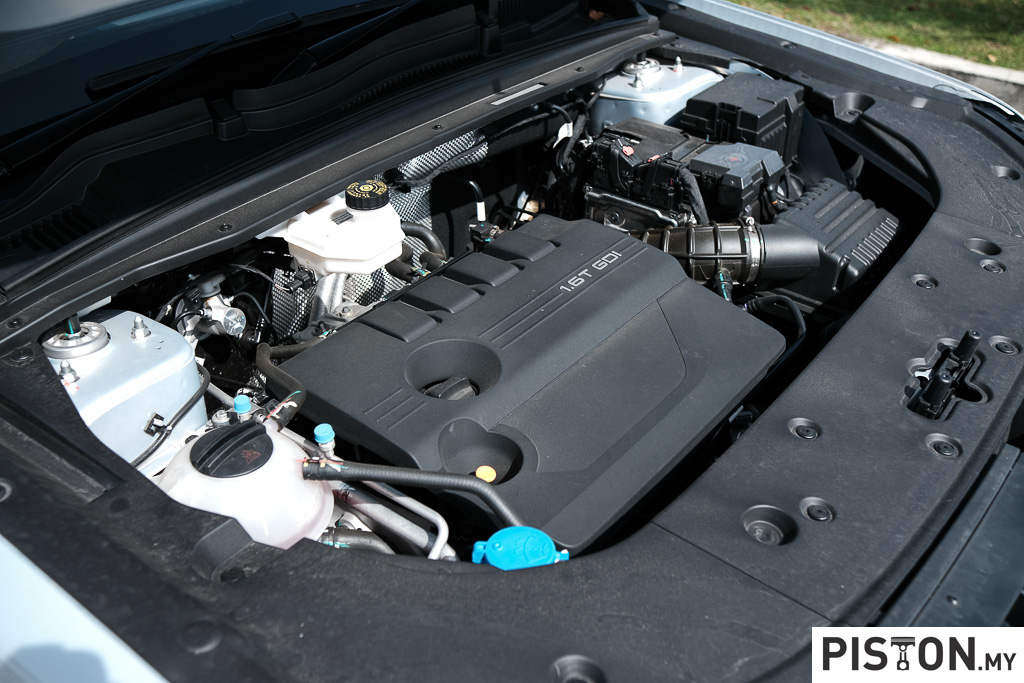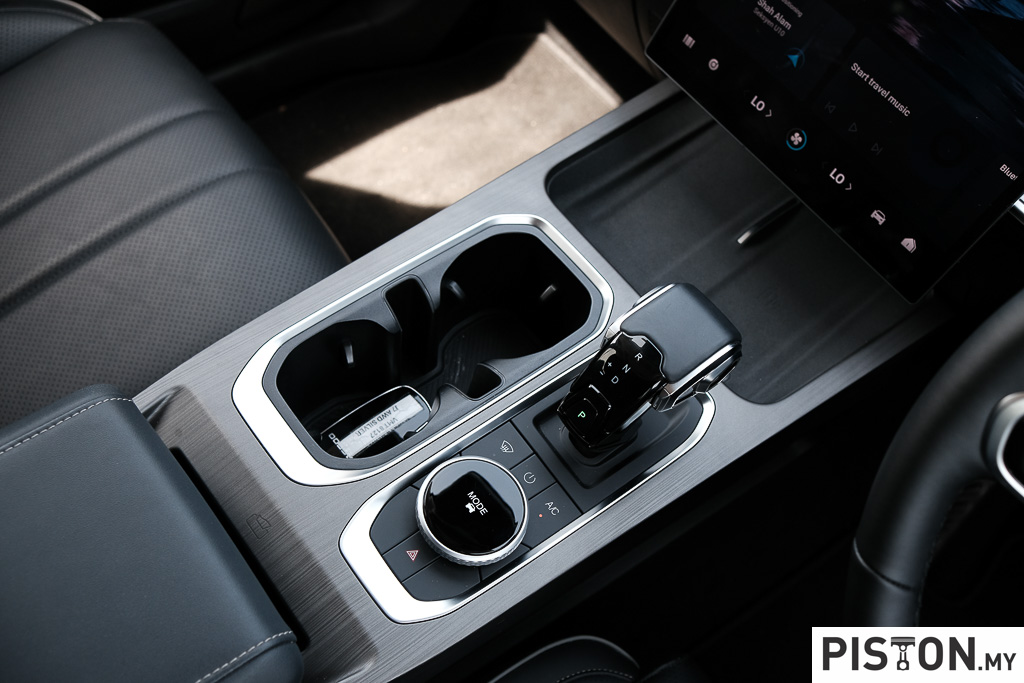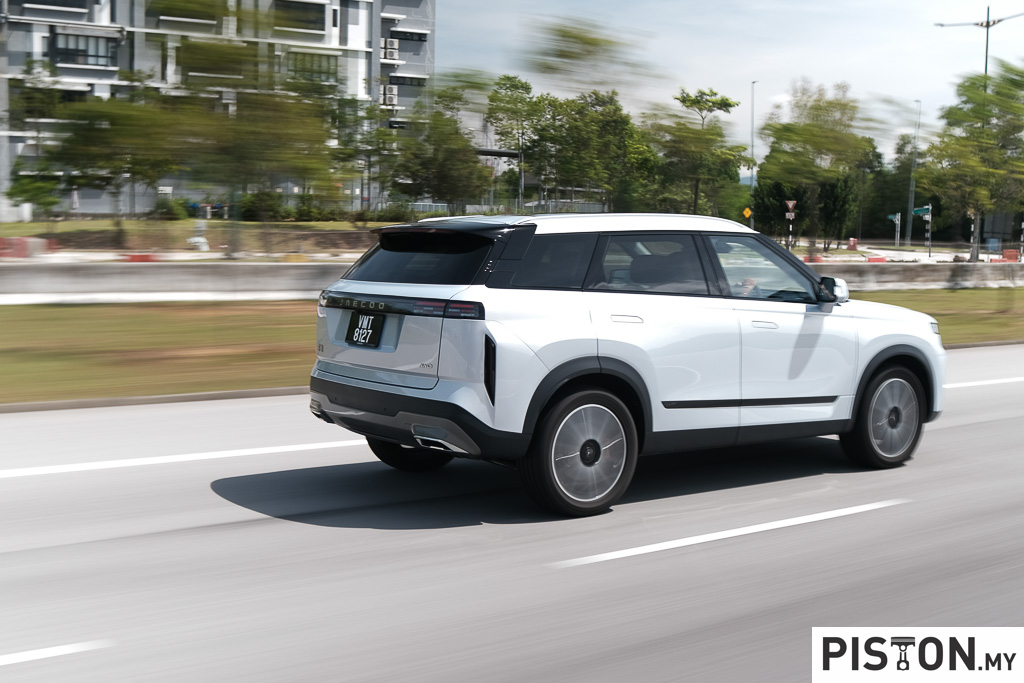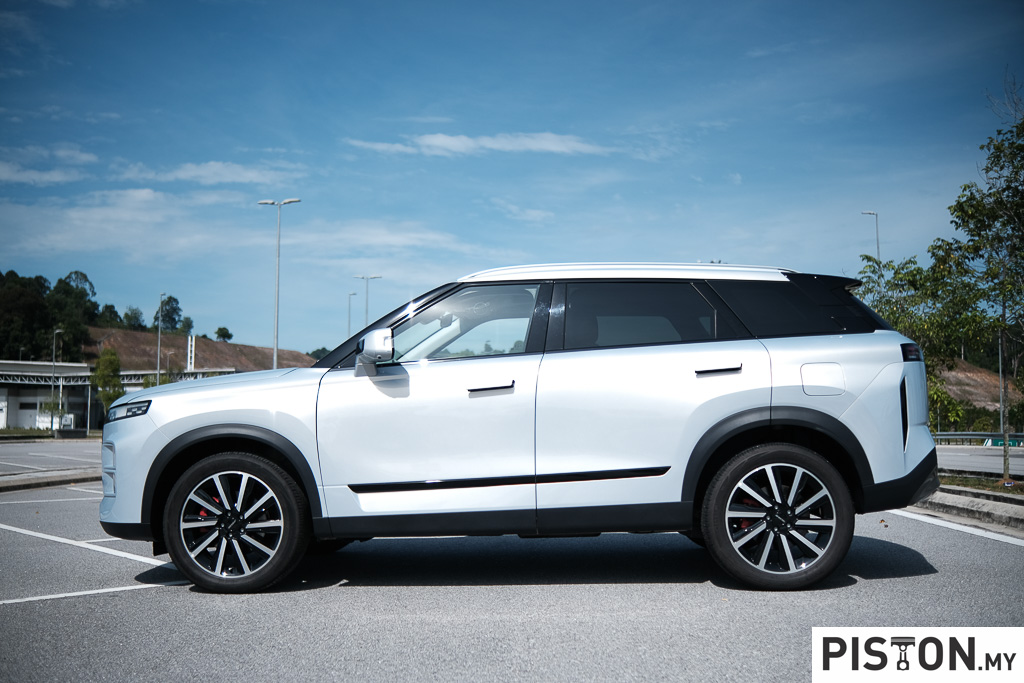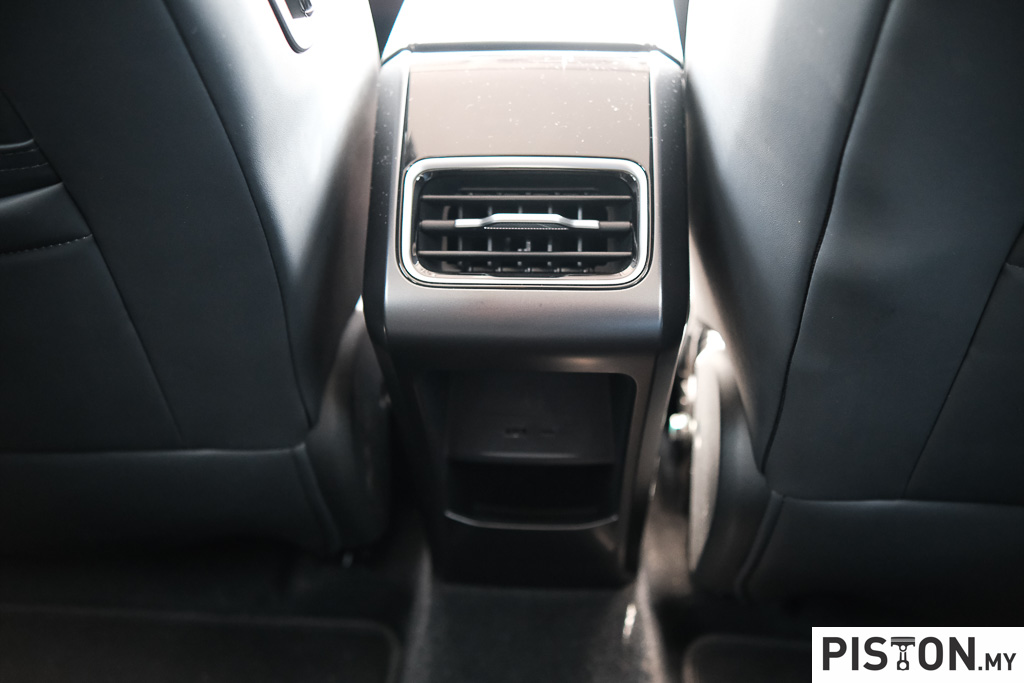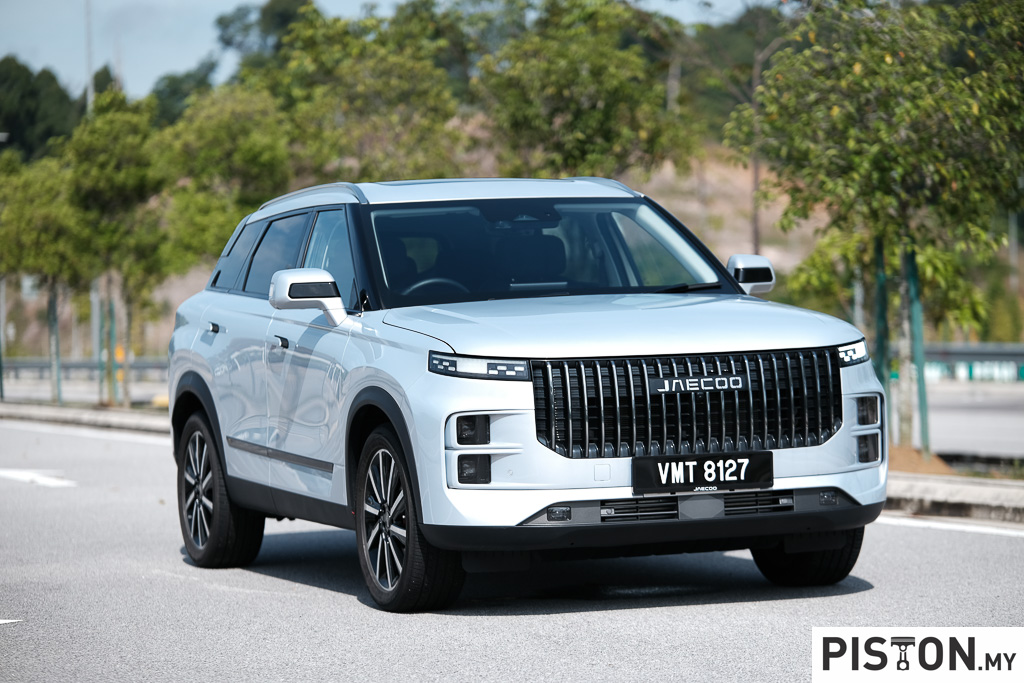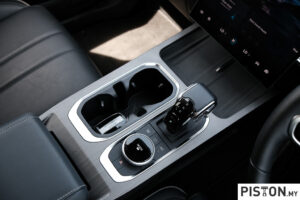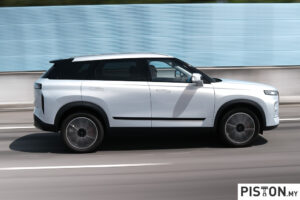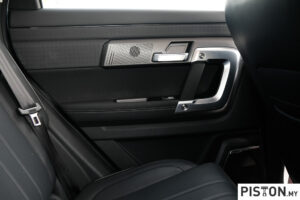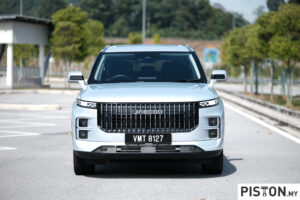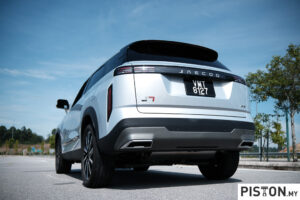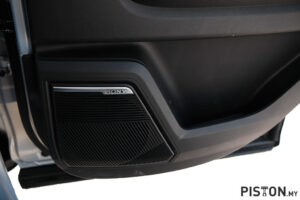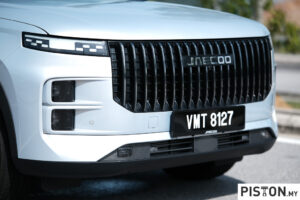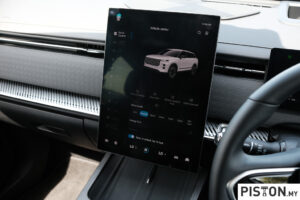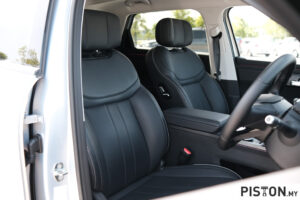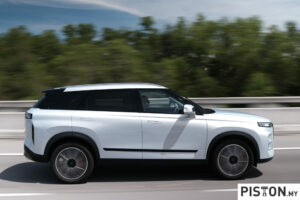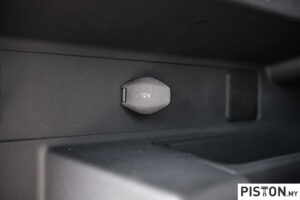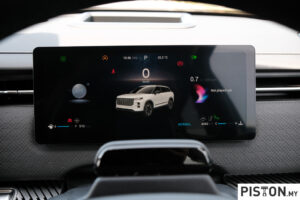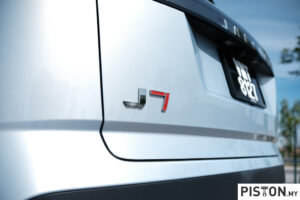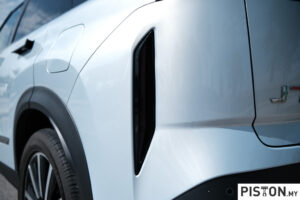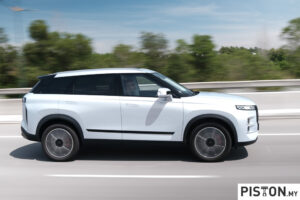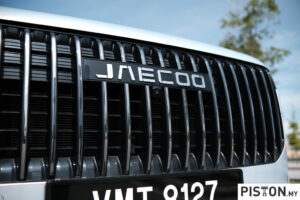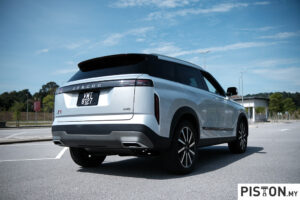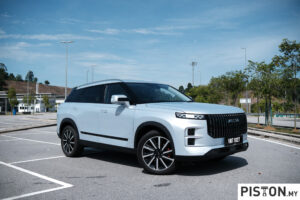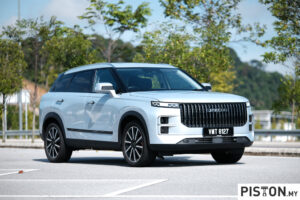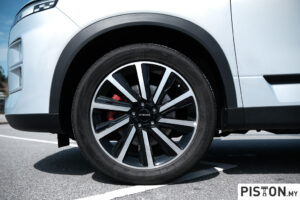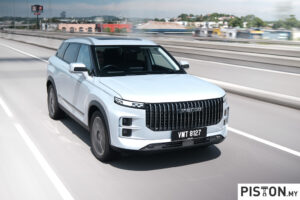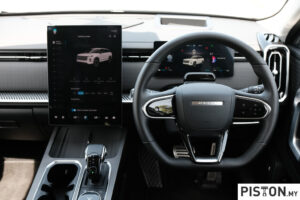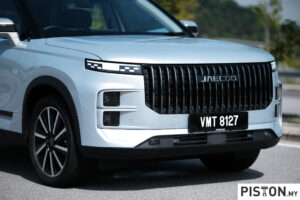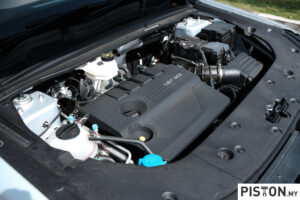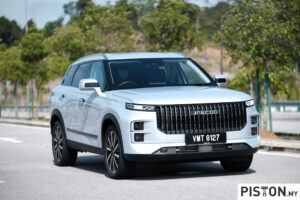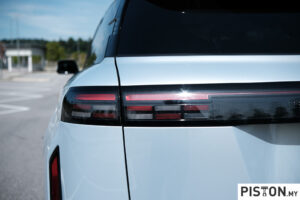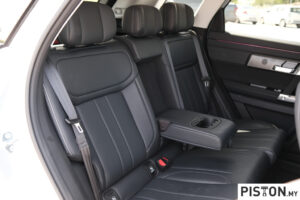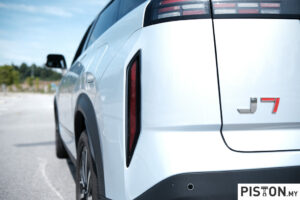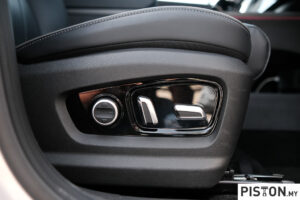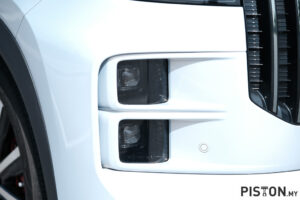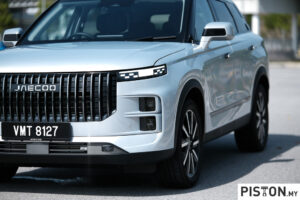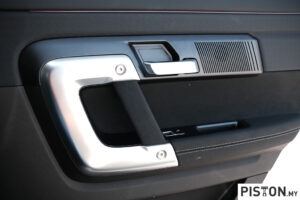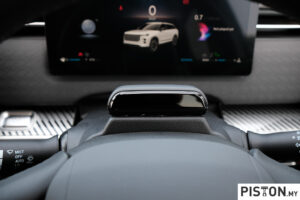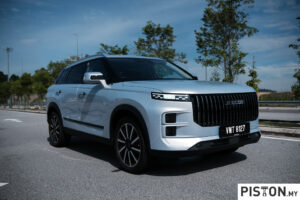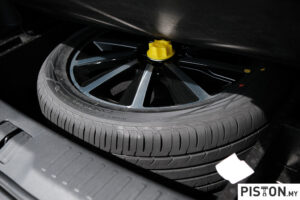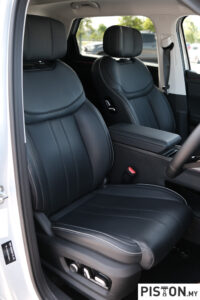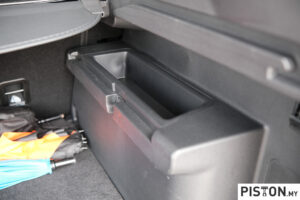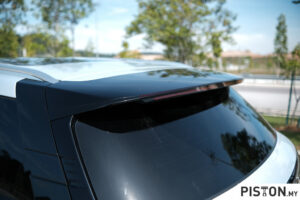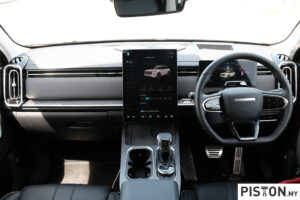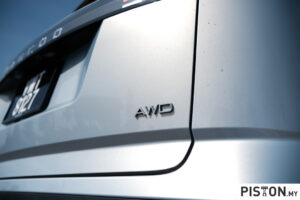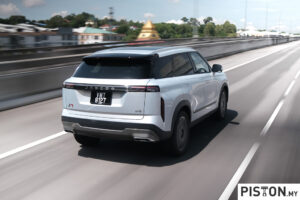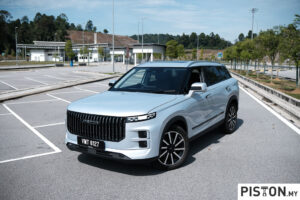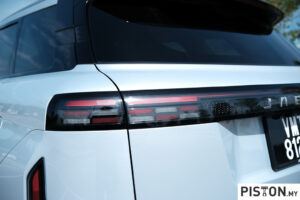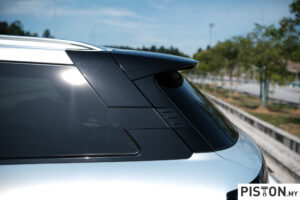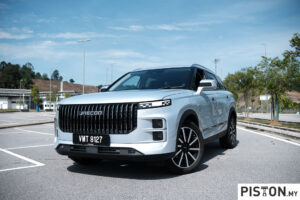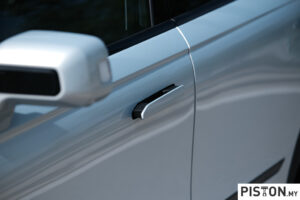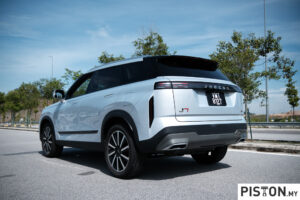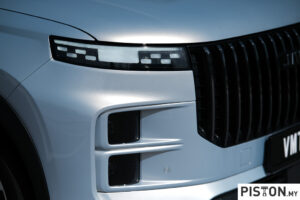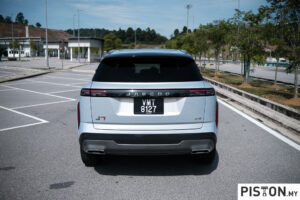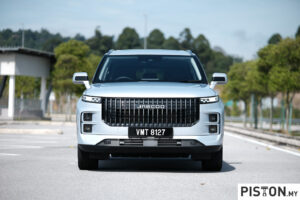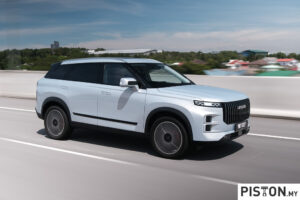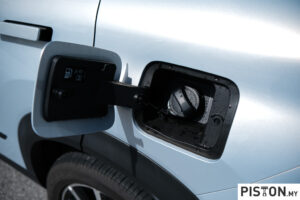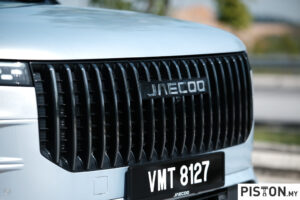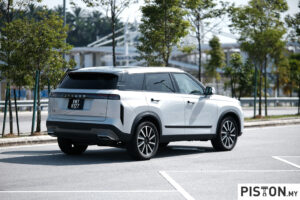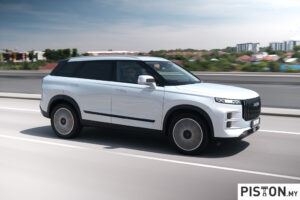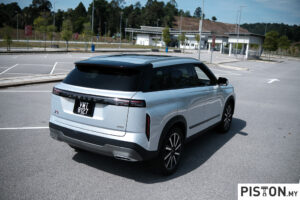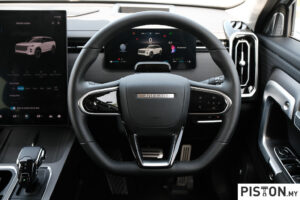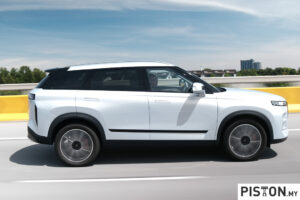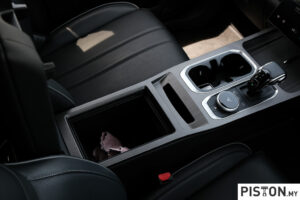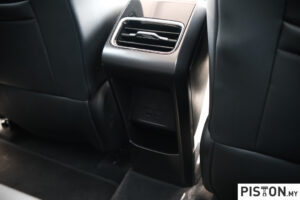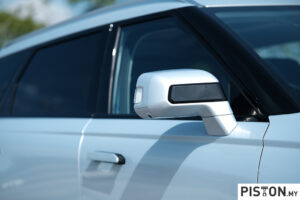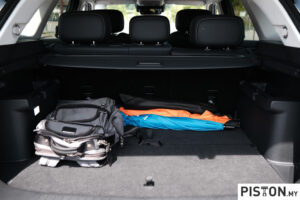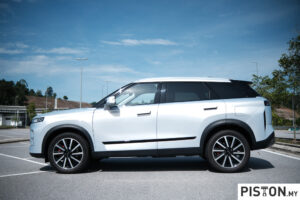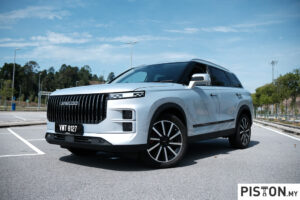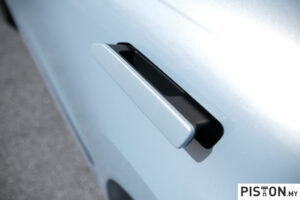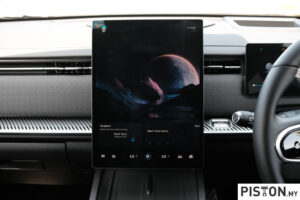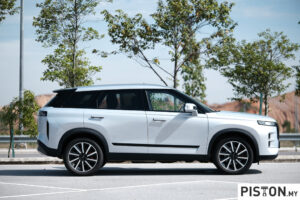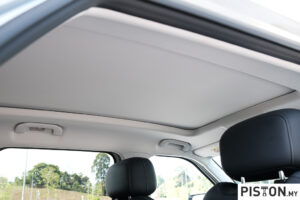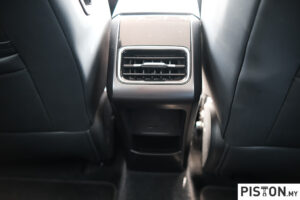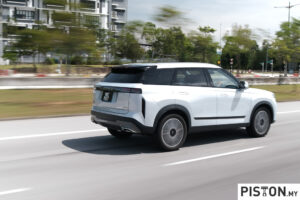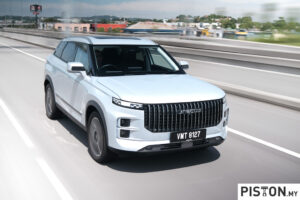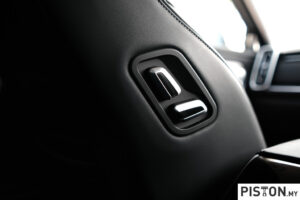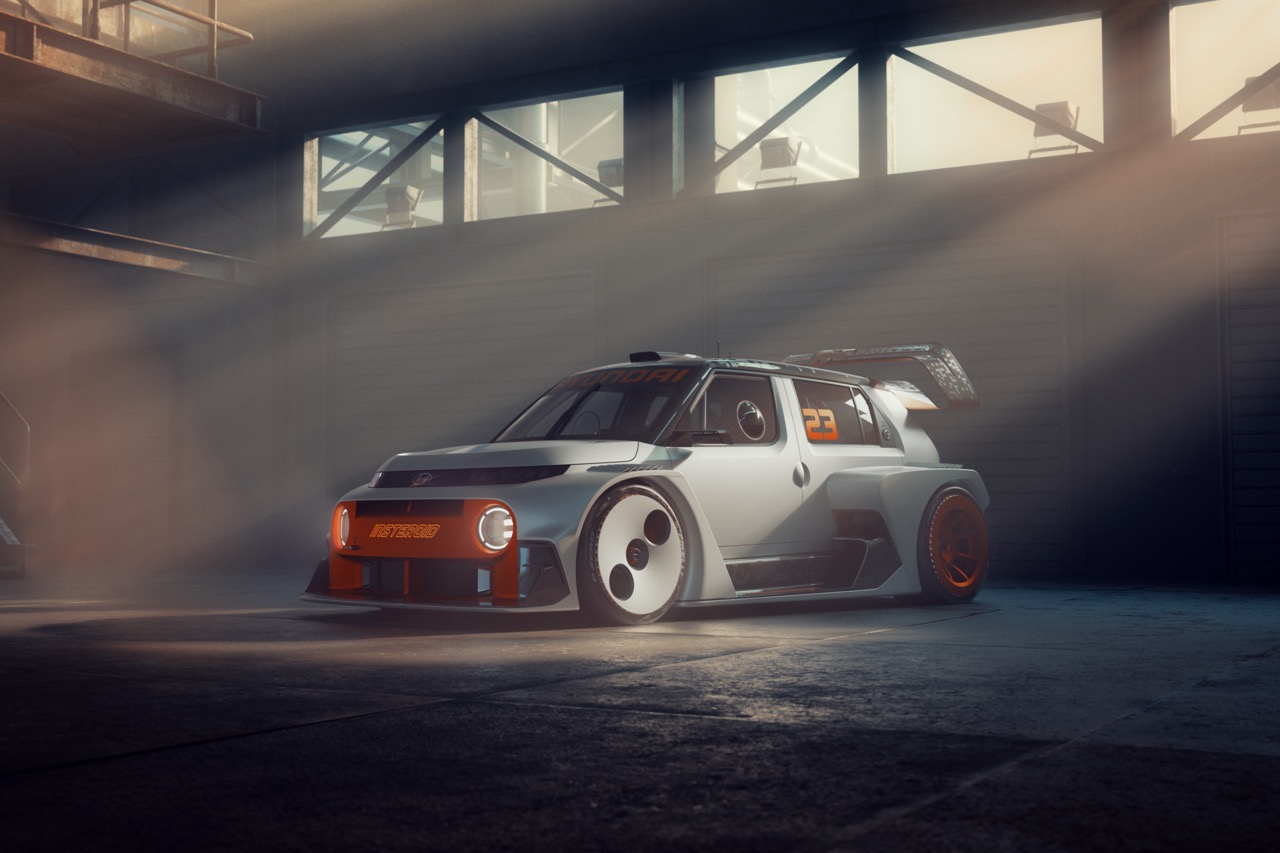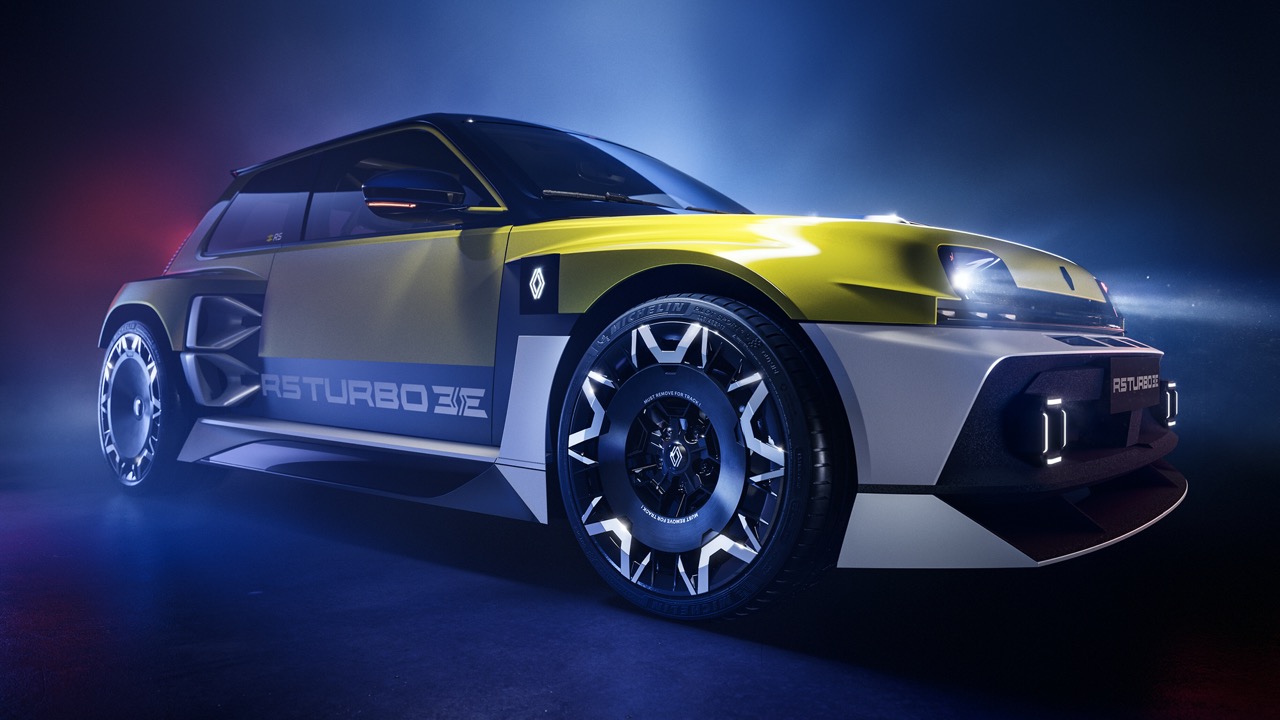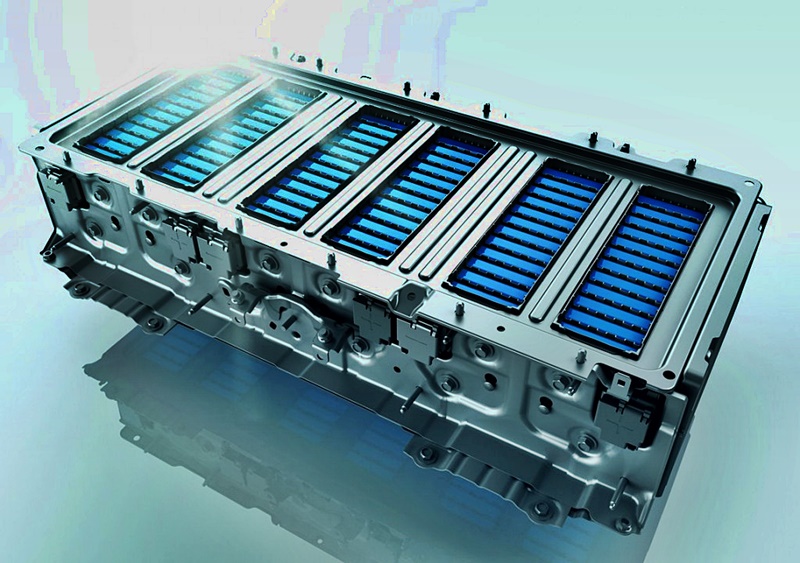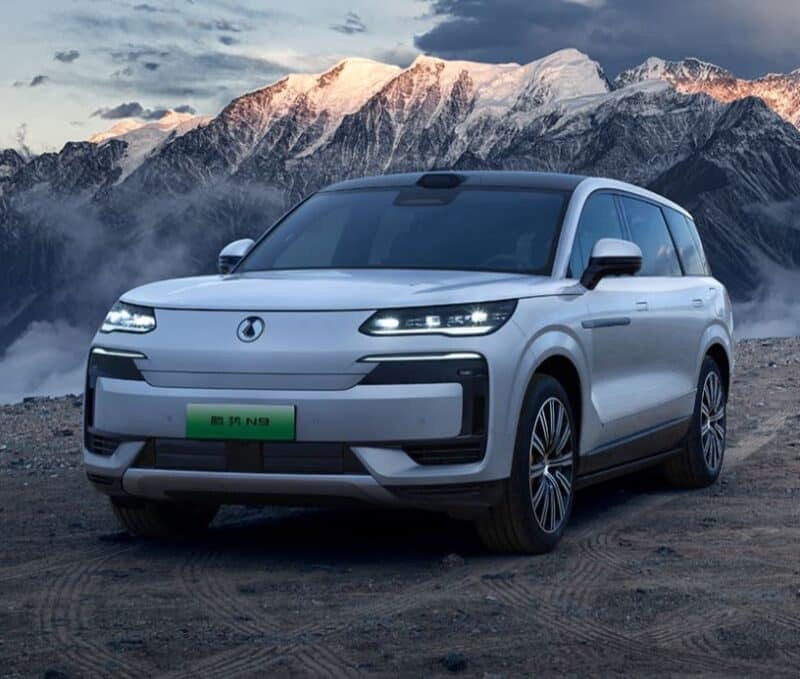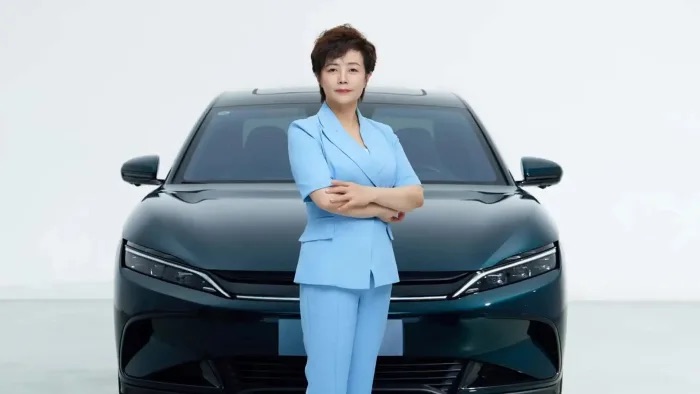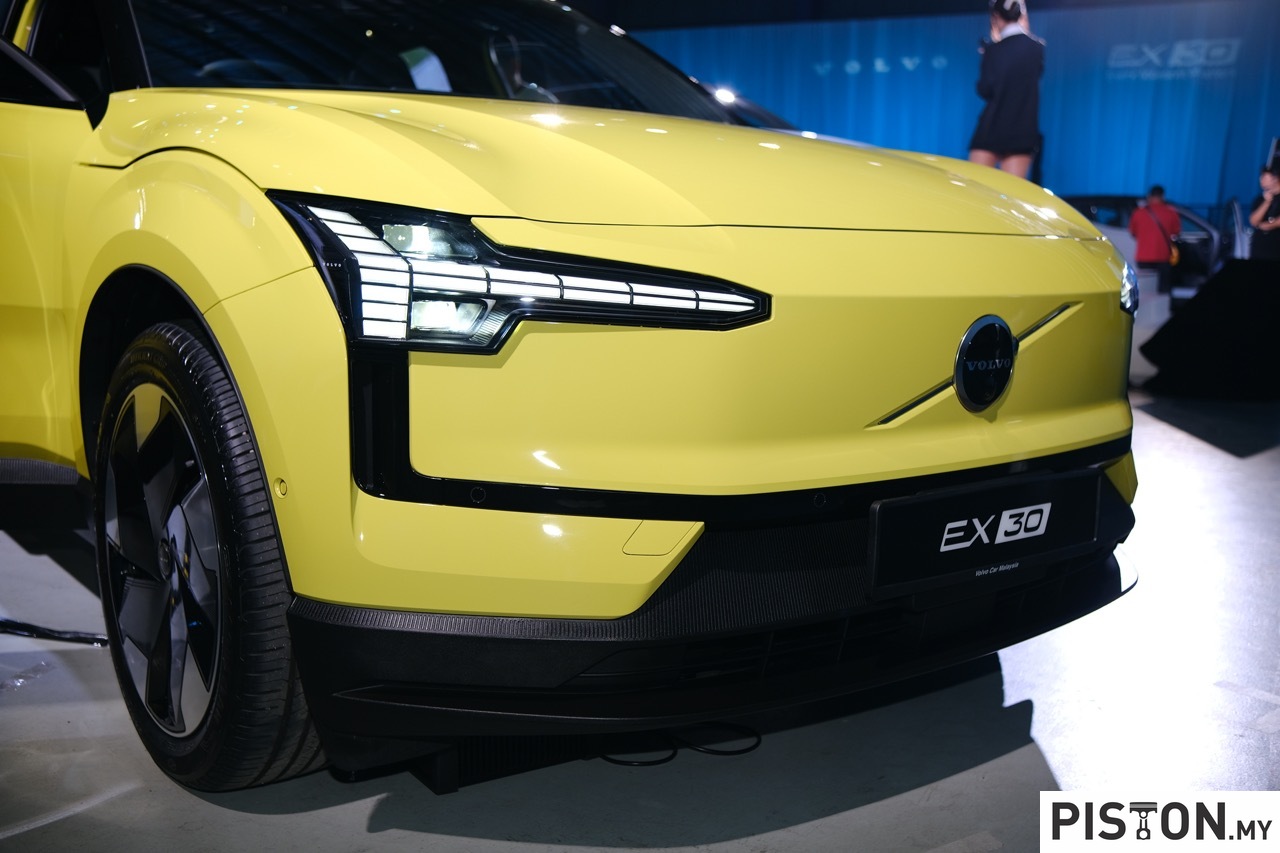It is said that there are over 150 car brands currently active in China. So, it should not come as a surprise that we are hearing of a new Chinese brand launched here on a near monthly basis. Some brands we are familiar with, and some we are not.
Take Jaecoo for example, just about a year ago, the Chinese brand was largely unheard of in Malaysia. But today, it is leading the charge to solidify the position of Chinese brands in Malaysia, particularly those under the Chery umbrella.
As far as brands go, Jaecoo is still in its infancy in the grand scale of global automotive brands. While some brands have been at it for over a century, Jaecoo was only established in 2023, together with Omoda
Both Jaecoo and Omoda, collectively known as the O&J, were established by the Chery Group in the early part of 2023 to cater for export markets, and as such are only available in markets outside of China.
According to online literature, the Jaecoo name is based on the German word Jager which stands for hunter, and the English word – cool.
The brand was introduced to Malaysia earlier this year to much fanfare with the J7 being the first model to fly the Jaecoo flag. The J7 was an immediate hit and is loved for its good looks and features with some saying that it is the best value for money SUV currently in the Malaysian market.
In fact, according to the official registration figures from JPJ, the Jaecoo J7 was the best-selling non-national SUV for the month of October. And after spending a few days with the J7 All-Wheel-Drive (AWD) variant, we understand what makes it so popular.
Dashing good looks
Simply put, the J7 does not have an ugly side to it. No matter which way you look at it, the J7 is a good-looking SUV. The vertical louvred front grille is quite imposing on the road and when paired with that pixelated daytime running light, it makes the front end of the car look quite unique and unlike any other car in the market.
Compare the design of the J7 to the usual suspects from Honda and Toyota, the J7 seems a lot more outlandish, and in this instance, that’s a good thing.
Even those 19-inch wheels that it rolls on look great out of the box.
Also, some say that the design of the J7 looks like it was inspired by Range Rover, but this writer struggled to find the similarity. I squinted, I bent down, I looked at it through my fingers and tried every angle to find an element from Range Rover but found none. I’ll say that it is good-looking and unique, but a Range Rover it is not.
But then I stepped inside and found what I was looking for.
Simplistic yet modern interior
When you first step inside, the interior seems minimalistic yet futuristic. The dash is utterly dominated by that massive 14.8-inch infotainment screen that looks like it may rotate, but it does not.
It is through that screen that you access all of the car’s controls, including air-conditioning, entertainment, select one of the seven drive modes and even access safety systems such as lane departure warning and window locks. You also must dive deep into the layers of menu to open or close the shade for the panoramic roof.
At first this may seem like an inconvenience because you constantly must take your eyes off the road, much to the detriment of the eye movement radar placed behind the steering wheel, that in turn scolds you for taking your eyes off the road by emitting constant pings.
But the good thing here is that because the screen is gigantic and you soon memorise where all the controls are, it becomes easier to navigate the controls hidden behind the layers of software.
And then, there is the Range Rover inspiration, and that lays with the steering wheel as well as the seats. Now these do look like they came off the iconic British marque, but they don’t only look great but feel good too.
The steering wheel feels chunky though those haptic buttons require some getting used to and are not very friendly for sweaty palms. But they work better than those on a Mercedes-Benz or a Volkswagen.
Then there are the seats – big, comfortable and ventilated as well. And that makes them perfect for daily life on Malaysian roads.
There is also some inspiration from Volvo as well, namely the vertical air-conditioning vents up front.
The instrument cluster on the other hand is also digital and measures in at 10.25-inches. And in typical Chinese fashion, it tries to feed you too much information than is necessary, and that makes it difficult to read sometimes. But just like the infotainment screen, you get used to it after you figure out where everything is.
Fantastic, but how does it drive?
Better than you would imagine, and when compared to its Japanese competitors, it has to be said that its refinement levels is quite impressive.
At highway speeds, the interior is hushed while the suspension does a stellar job at isolating the cabin from the road, absorbing dips, ruts and everything the road can throw at it.
Wind noise too is down to a level that is barely audible except at some seriously illegal speeds. And this is achieved through the use of double panel windows, which is not something you usually get at this price range.
Handling is impressive as well with the suspension working to minimise body roll when the roads get interesting. And the Jaecoo team deserves some credit for this because finding the sweet spot between comfort and control is something not all car makers are capable of. In fact, Chinese car makers are notorious for putting out overly soft suspension that sometimes nauseates passengers. So, we tip our hat to the team at Jaecoo for how the J7 handles and feels.
What about the powertrain?
Powering the J7 All-Wheel-Drive model is a 1.6-litre, four-cylinder, turbocharged engine putting out 194hp and 290Nm of torque. It is not exactly the final word in power for its segment and there are times when you wish there was more power on tap. This is further accentuated by the obvious turbo lag particularly in Normal drive mode.
To counter this, you are better off driving in Sport mode, but that makes the accelerator feel a little too choppy and difficult to modulate. Steering mounted pedal shifters would have been brilliant but you can also shift gears manually using the chunky gear lever. You must adjust your driving style to the J7 as there are things about it that takes some getting used to.
Speaking of drive modes, there are a total of seven different driving modes for this variant (the two-wheel-drive model gets three driving modes), and those are just way too many driving modes. Just to sate your curiosity, the seven modes are – Eco, Normal, Sport, Sand, Mud, Snowfield and Off Road.
Jaecoo markets the J7 as an urban off-roader and even when it was first launched, the Malaysian Jaecoo team was keen to show off its off-roading prowess by getting members of the Malaysian automotive media to drive the J7 on an off-road course in Semenyih.
The J7 handled the course like a champ, and it is comforting to know the SUV has a water wadding capability of 600mm with a ground clearance of 200mm. That is great to have particularly during the monsoon season, but we doubt many owners will be taking the J7 off-roading.
However, should you decide to visit a durian plantation, selecting one of those drive modes is just a turn of a knob away, making it incredibly easy to switch modes.
The one thing about the AWD variant is that it can be quite thirsty, with the official fuel consumption figure putting it at 7.7-litres per 100km, while we saw a real-world figure of 8.5-litres per 100km. But that is to be expected of an AWD car since all four wheels are constantly turning. Even this writer’s own Mazda CX-5 2.5T has an AWD powertrain, and the fuel needle drops like an anchor on highways.
So, what gives?
There is no such thing as perfection and there is bound to be something or other that has to be sacrificed. For the Jaecoo J7, the handling of the car is something to look out for. We felt a disconnection between the steering wheel and the wheels up ahead with dull spot in the middle where the steering simply did not respond.
Next is the spaciousness, taller drivers and passengers may find the seats up ahead to be a little cramped, but the rear seats are fine if you are about six foot tall. Any taller and you may find your knees rubbing against the front seats.
Then there is the single air-conditioning vent at the back, which is quite odd for a people-moving SUV. If you have kids, they are surely going to be arguing over who gets the A/C vent, but there are two USB ports at the back so they might be distracted with their noses in their devices.
Should you buy one then?
At RM148,000, the simple answer is yes, the Jaecoo J7 AWD variant is a nice SUV that seemingly checks all the boxes in our list. It is not a perfect package, but most cars fall short of that accolade as well.
It also comes with the best warranty package in its segment, with a seven-year or 150,000km warranty on the car, and a 10-year or one-million-kilometre warranty on the powertrain. And as we explained in our video review of the Jaecoo J7, that is the icing on a very nice cake and should put to rest any negative perceptions about Chinese brands.
Specifications
Engine: 1.6-litre, 4-cylinder, turbocharged
Power: 194hp
Torque: 290Nm
Acceleration (0-100kmh): 9.9 seconds
Top speed: 180kmh
Price (As tested): RM148,000
We like: Good looks, quality, refinement
We don’t like: Can sometimes feel underpowered




